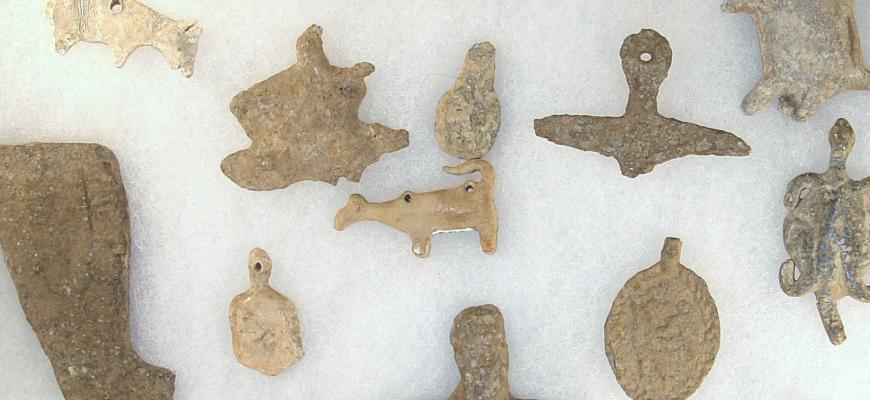Between the 1640s and 1670s, eastern Iroquois used lead obtained from fur traders to fashion small effigy figures and other forms by cold hammering or casting. The effigies sometimes take a human form, but also appear as animals or other human/animal forms. Animal effigies might have reflected the makers' clan, or perhaps some form of "charm." The Iroquois also fashioned crucifixes of lead, perhaps reflecting early contact with Jesuit missionaries. From the 1940s into the 1970s, avocational archaeologist Donald Rumrill investigated a number of Mohawk Iroquois sites, assembling a large collection of these distinctive lead effigies and crosses.




